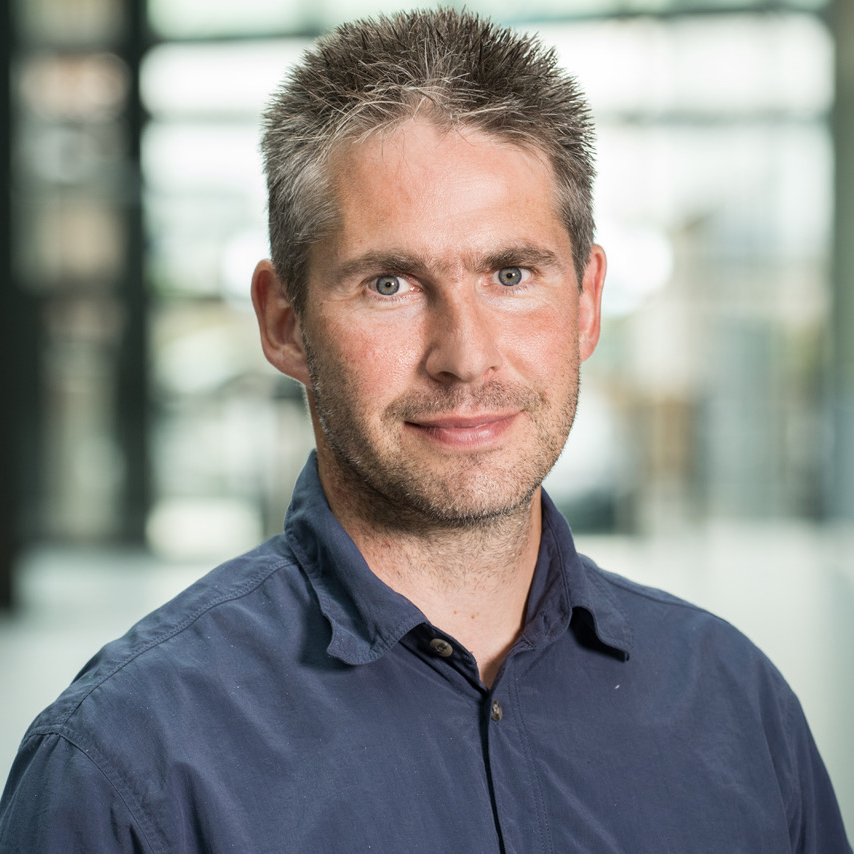Dr Marcel Nicolaus
Marcel Nicolaus became fascinated with the polar regions at an early age, inspired by the first Antarctic expeditions of Scott and Amundsen. This ultimately led him to study Geophysics with a focus on polar research in Münster, Germany. That being said, his decision to ultimately specialise in sea ice was largely a coincidence. As such, today he’s not working as a classical geophysicist; instead, he’s following in the footsteps of his childhood heroes by taking part in expeditions to the sea ice of the Arctic and Antarctic.
Since taking on-site measurements isn’t always feasible in the polar regions, Marcel and his colleagues rely on the support of autonomous and remote-controlled systems, like buoys and diving robots, to make detailed statements on the temperature, light conditions, thickness, salinity or movements of sea ice. That being said, some types of work still need to be done on site; as a result, he often takes part in expeditions, where he can monitor and take readings himself, while also setting up the autonomous devices. He also organises new projects and expeditions, and analyses datasets, sometimes discovering unexpected phenomena in the process. Marcel’s work for meereisportal.de gives him the chance to share his research and expertise, and to make his data, findings and expeditions available to the public, which is also why he’s been a passionate supporter of the portal from the outset.
What’s the most exciting expedition you’ve been on so far?
Besides my very first Polarstern expedition roughly 20 years ago, the joint expedition with a Norwegian research team as part of the N-ICE2017 project was likely the most exciting. We allowed the ship to become frozen in the ice, and took part in a ‘small drift’ from Spitsbergen into the Arctic. Another highlight: back in 2011, the first time we ever used a diving robot to map the light conditions below the sea ice. That was an important project, and yielded its fair share of intriguing findings.
Is there something like a daily routine on expeditions, or is every day different?
Even though there is of course a basic routine, we still have to be very flexible and ready for anything. Each working group on board has its own goals and timetable. When we stop for what we call a “station” (stay), each day usually includes between 8 and 12 intensive working hours on the surface of the sea ice; a huge contrast from the days we spend on board the ship or at research stations. Suitable weather conditions are essential to research flights by helicopter; I remember some days where I had to put on all my warm polar gear and take it back off again several times, because we kept thinking we could take off, but then had to postpone the flight after all.
In your opinion, what contribution does meereisportal.de make as a knowledge transfer project?
The response has been impressive. Some users, for instance, hear about especially warm conditions from the media, and then use our buoys to track the changing temperatures in real-time. meereisportal.de allows us to not only gather and present that data, but to add extensive commentary that puts it in context. By doing so, we’re making a major contribution to the dialogue between the research community and the public, which sets us apart from other working groups and websites.
My personal hero is…
Fridtjof Nansen, because, on the basis of his hypothesis alone, he set sail to explore the Arctic. He didn’t know exactly what awaited him there, but he was convinced that the drift was real, and that he would ultimately end up somewhere near Spitsbergen.

